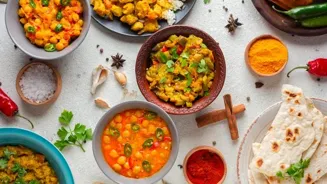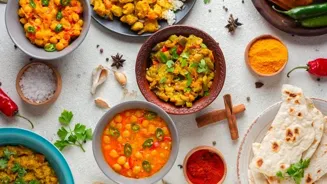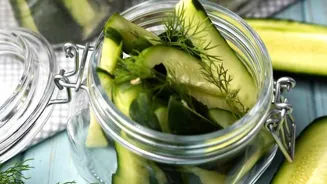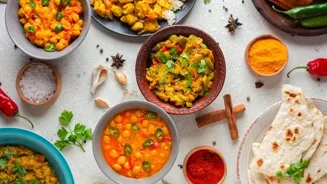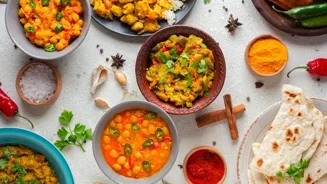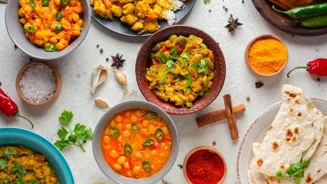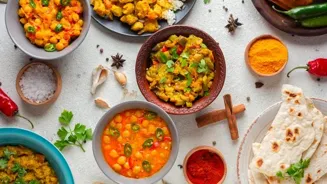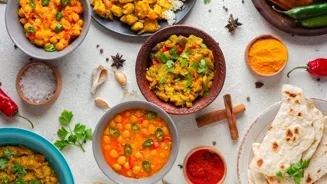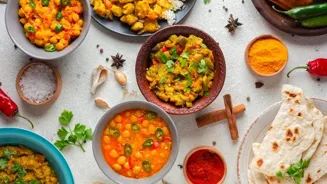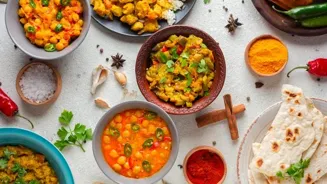Discover the world of Fermentation in Indian Cuisine! Unveil the magic of flavors and health benefits. Fermented foods await!
India, a land of vibrant culture and diverse culinary traditions, boasts a rich
history of fermentation. This age-old technique, far from being a forgotten practice, continues to play a crucial role in shaping the unique flavors and nutritional profile of Indian cuisine.
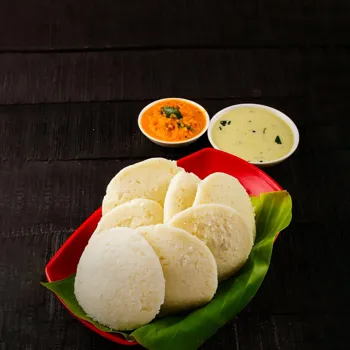
From the tangy dosas of the South to the fluffy dhoklas of the West, fermentation is the secret ingredient behind many beloved Indian dishes. It's not just about taste; fermentation also unlocks a treasure trove of health benefits, making it a cornerstone of a balanced and wholesome diet.
Let's delve into the fascinating world of Indian fermented foods, exploring some popular recipes and the science-backed benefits they offer.
The magic of fermentation lies in the transformation it brings about.
It is a natural process where microorganisms, like bacteria and yeast, convert carbohydrates (sugars and starches) into alcohol, acids, or gases. These byproducts not only change the texture and flavor of the food but also enhance its nutritional value.
In the Indian context, fermentation has been used for centuries to preserve food, especially in a tropical climate where spoilage is a concern. But its contribution goes far beyond preservation; it adds a complexity of flavor that is hard to replicate by any other means.
Fermented foods often have a characteristic sour or tangy taste, which adds a delightful zing to the palate.
Many traditional Indian dishes rely heavily on fermentation for their distinctive taste and texture.
Think of idli and dosa, staples of South Indian cuisine, made from a batter of rice and lentils that is left to ferment overnight. The fermentation process makes the batter rise, resulting in light and fluffy idlis and crispy dosas.
Similarly, dhokla, a popular Gujarati snack, is made from fermented chickpea flour, giving it a spongy texture and a slightly sour taste.
Even in North India, kanji, a fermented drink made from black carrots, is enjoyed for its refreshing and digestive properties, especially during the winter months. These are just a few examples of how fermentation is deeply embedded in Indian culinary practices.
One of the key benefits of fermentation is that it increases the bioavailability of nutrients. Bioavailability refers to the extent to which nutrients can be absorbed and used by the body.
Fermentation breaks down complex compounds in food, making it easier for the body to digest and absorb essential vitamins and minerals. For instance, the fermentation of lentils in idli and dosa batter increases the availability of iron and zinc.
Additionally, fermentation can synthesize certain vitamins, such as vitamin B12, which is not naturally found in plant-based foods. This is particularly important for vegetarians who may not get enough vitamin B12 from their diet.
The acids produced during fermentation also aid in digestion and promote gut health.
Beyond enhanced nutrient availability, fermented foods are an excellent source of probiotics, beneficial bacteria that live in our gut.
These probiotics play a crucial role in maintaining a healthy gut microbiome, which is essential for overall health and well-being. A healthy gut microbiome supports digestion, boosts immunity, and may even improve mental health.
Fermented foods like curd (yogurt) and buttermilk are packed with probiotics that help to restore and maintain a balanced gut flora. Incorporating these foods into your diet can improve digestion, reduce bloating, and strengthen your immune system.
Some studies even suggest that probiotics may have a role in preventing certain chronic diseases.
Let's explore some popular Indian recipes that showcase the magic of fermentation:
Idli and Dosa
These South Indian staples are not only delicious but also incredibly healthy. To make the batter, soak rice and urad dal (black lentils) separately for several hours. Grind them into a smooth paste and mix them together with salt.
Let the batter ferment overnight or for about 8-10 hours in a warm place. The fermentation process will make the batter rise and give it a slightly sour taste. Steam the batter to make idlis or spread it thinly on a hot griddle to make dosas.
Serve with sambar and coconut chutney for a complete and satisfying meal.
Dhokla
This Gujarati snack is a perfect example of how fermentation can transform a simple ingredient like chickpea flour into a light and spongy treat. To make dhokla, mix chickpea flour with yogurt, ginger-garlic paste, and spices. Let the batter ferment for several hours until it becomes light and airy.

Steam the batter until it is cooked through and then temper it with mustard seeds, curry leaves, and green chilies. Dhokla is a great snack or appetizer that is both delicious and nutritious.
Kanji
This traditional North Indian drink is made from black carrots and is known for its tangy and refreshing taste. To make kanji, peel and chop black carrots and mix them with water, mustard powder, and salt.
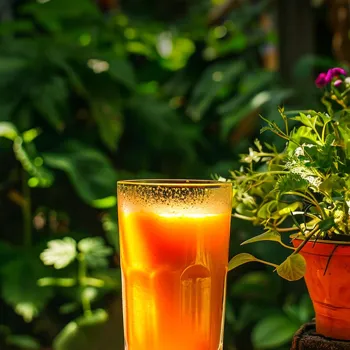
Pour the mixture into a glass jar and let it ferment in the sun for several days, stirring occasionally. The fermentation process will give the kanji its characteristic sour taste and vibrant color. Kanji is a great digestive aid and is often consumed during the winter months.
Curd (Yogurt)
A staple in almost every Indian household, curd is a simple yet powerful fermented food. To make curd at home, warm milk to lukewarm temperature and add a spoonful of yogurt as a starter. Cover the milk and let it sit in a warm place for several hours until it sets into a thick curd.

Homemade curd is a great source of probiotics and can be enjoyed plain or used in a variety of dishes.
Fermentation is crucial in Indian cuisine for flavor and health benefits
Fermentation is more than just a cooking technique; it's a vital part of India's culinary heritage. It enhances the flavor, texture, and nutritional value of food, making it a cornerstone of a healthy and delicious diet.
By incorporating fermented foods into our meals, we can enjoy the many benefits they offer, from improved digestion to a stronger immune system. So, next time you savor an idli or enjoy a glass of buttermilk, remember the magic of fermentation and the rich tradition it represents.
Let's continue to embrace this ancient practice and reap the rewards of a fermented and flavorful diet. Fermentation has been around for ages and ages, still continues to deliver wonders.
AI Generated Content. Glance/InMobi shall have no liability for the content